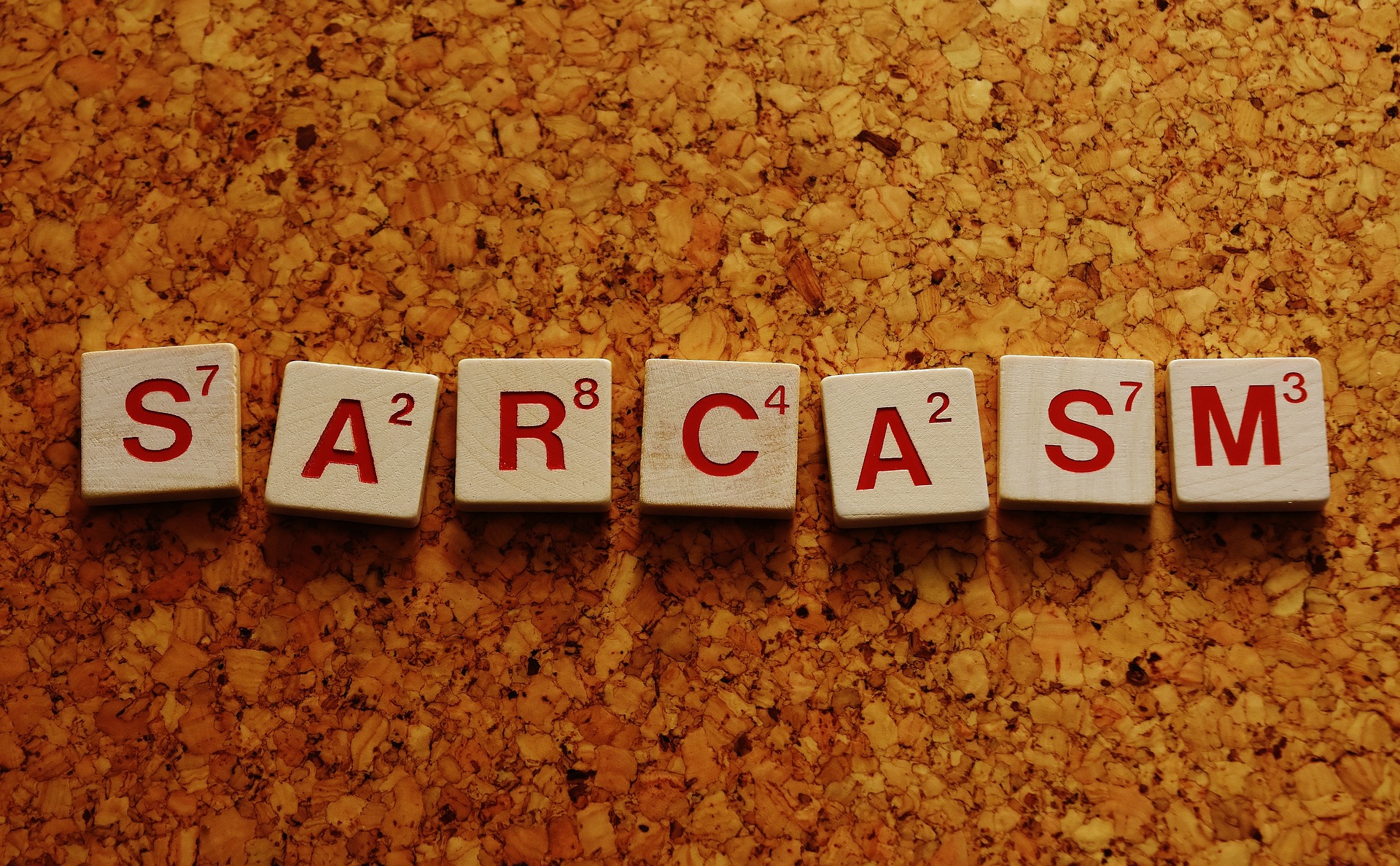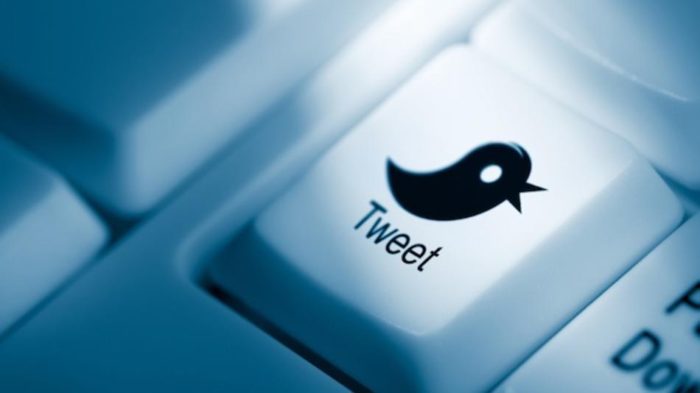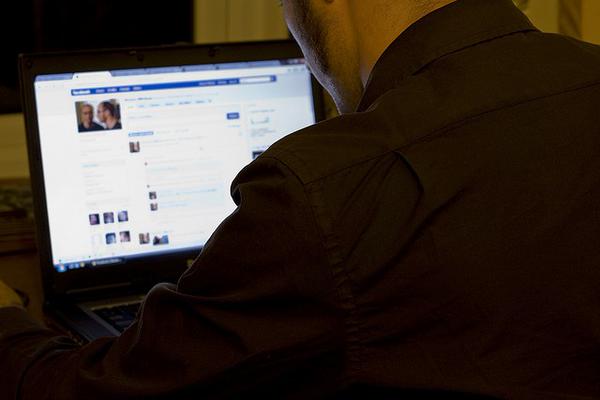The smartphone has become an integral part of our lives and it has changed how we interact with other and do things.
This revolution has only been present for the last decade or so and it is already affecting our physiology.
New research in biomechanics is showing that young adults are developing horn like structures (enthesophytes) at the back of their skulls. The researchers from the University of the Sunshine Coast, Australia found that this was attributed to technology.

They argue that the development of this ‘horn like’ structure may be attributed to the extensive use of screen based activities and poor posture.
Apparently they did a survey and found out that participants spend an average of 4.65 hours a day using handheld devices and 68% of them reported neck pain. These findings also revealed that the load on the neck muscles are 3-5 times greater than on a neck on a neutral spine position.
This discovery apparently is the first documentation of a physiological adaptation to the penetration of technology that we use in everyday life.
This kind of research points to how our bodies continue to adapt to our current lifestyles that involves a lot of texting and screen use. There is the text neck’ where people complain about pain on their neck to to improper posture. There is also the texting thumb where doctors are now treating painful swelling of tendons that control thumb movement.






























